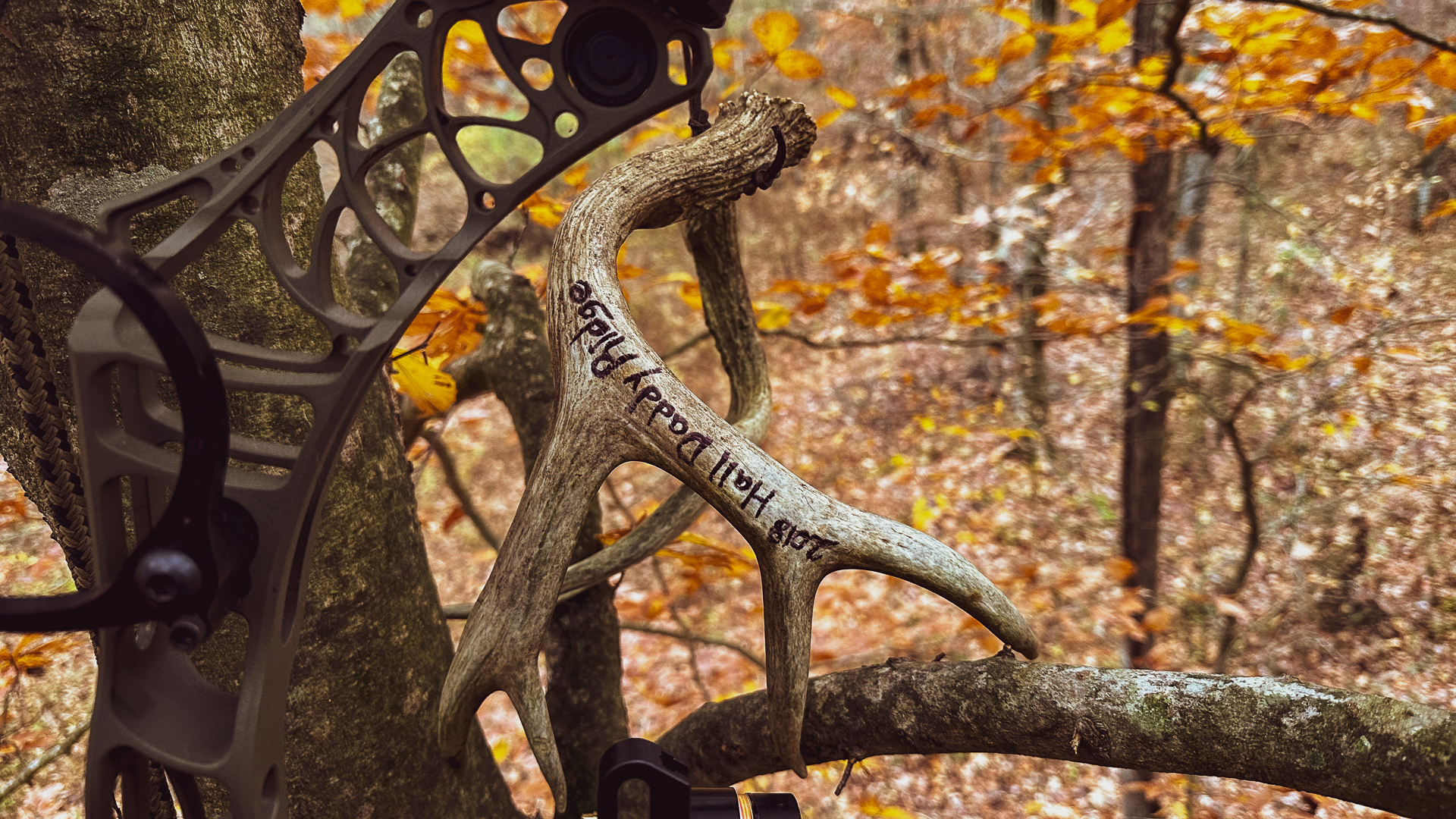with Mark Davis

I think the reason that Venice, Louisiana, is the most productive location in the U.S. to catch Florida tripletail is due to the habitat available there. In other places like Charleston, South Carolina, all along the Eastern seaboard, in Florida and at St. Simons Island, Georgia, I’ll look for crab trap floats or other visible near-shore or inlet structures. Tripletails like to relate to structure. If Florida had as many gas and oil rigs as are offshore in Louisiana, Florida tripletail fishing would be just as productive, if not more productive, as Louisiana.
The places I find tripletails out of Venice are from the jetties out to a few miles offshore. I’ve also caught tripletails in the Gulf of Mexico around rigs 70 miles out. Tripletails enjoy hanging-out on Venice’s miles and miles of oil rigs. Tripletails like to eat crabs, shrimp, finger mullet and a wide variety of smaller fish and crustaceans that live around these rigs. Also the water at Venice is being flushed constantly back and forth on these structures as the tide comes in and goes out. Tripletail fishing in Venice is great because just like in deer hunting, several acorn trees may hold one nice deer, but 10,000 acorn trees will hold more deer due to the abundance of food and shelter.
To catch tripletails, we primarily fish with live shrimp. At certain times of the year, tripletails also will eat artificial jigs. Captain Paul Miller with the Mexican Gulf Fishing Company is that charter service’s main inshore and near-shore captain. Miller and his clients regularly catch 20 to 30-pound tripletails off the Venice coast, with the average weighing 15-20 pounds. Another advantage that we have by fishing with Miller is that he doesn’t hesitate to put on his mask, snorkel and fins and free-dive around the rigs to learn if any tripletails are holding on a specific rig, and how and where the tripletail are positioned. He may come up and say, “There’s six nice tripletails holding on the outside corner of this rig. I believe we can catch them.” Although Miller doesn’t dive on every rig we fish, if we’re having a hard time pinpointing tripletails, he’ll go into the water to locate them.

Tripletails generally prefer the largest live shrimp you can buy. However, on my trip with Captain Miller, we couldn’t find any live shrimp. So, we baited with shrimp in the size of about 36 in one pound. A big tripletail has a big mouth, and that fish has no problem eating a 10 shrimp to a pound of live shrimp. However, you have to fish with the size of bait you can get. The one thing that Miller does that I’ve never seen anyone else do is he uses a slip cork, a hook and a live shrimp for his bait. The tripletails we caught were concentrating on a rig sitting on a 30-foot bottom. Miller set our corks at 6 feet to start, but then when we didn’t catch tripletails at that depth, he changed our rigs by sliding the corks up the line to fish at 10 feet. Then he slid the corks up 2 more feet, so that our baits were suspended in about 12 feet of water.
“The one thing I’ve always noticed when I’m free diving on the rigs is all the tripletails on a rig will be holding at the same depth of water on that rig,” Captain Miller told us. “Many times the depth at which the tripletails are concentrating depends on the salinity of the water and the amount of stain in the water. Also, the tripletail may be concentrating somewhere, depending on water temperature or possibly current. Tripletails may be able to get behind a rig’s underwater structure that breaks the current. Something else I’ve learned is if you get your bait down to the level where the tripletails are holding, they’re much more likely to move horizontally to take your bait than to move vertically.”
On our trip, Captain Miller caught a 20-pounder by setting his cork at 15-feet deep. We only caught two tripletails on the rig where we fished on this last trip. But that was all we needed for my TV show, “BigWater Adventures.” I’m convinced we could have caught all the tripletails we wanted to catch and release at this place, if we’d kept fishing that pattern.






























